Some Historical Notes On The Village Of Stretton
Author: David FisherStretton is a village in the county of Rutland in the East Midlands of England. Its name comes from the Saxon ‘Street On' meaning near to the street. This is because it is near to a Roman road. Indeed there are around twelve other towns and villages called Stretton in the United Kingdom, and these are near to Roman roads. They were not directly on the roads, as in mediaeval times this would have created a threat of being attacked by invaders like Vikings who would spot the village and decide to attack. The village of Stretton is therefore a few hundred metres from the ancient Roman road that heads north. Today the same road is called Ermine Street.
At the time of the Domesday Book in the year of 1086, the village of Stretton was recorded as belonging to the niece of William the Conqueror, who was known as Countess Judith and had an extensive portfolio of land and properties. The Domesday Book was a record of the land and property in England and most of Wales, and was put together to enable taxes to be collected efficiently.
According to the Domesday Book, Stretton did not have a church in the year 1086, although one was built soon after the great national survey that was presented in the Domesday Book. During Mediaeval times, Stretton was surrounded by fields that were divided into strips for farming by different farming families living in the village. This system of ploughing and cultivation was called Ridge and Furrow. The ploughing was carried out using a non-reversible plough that was pulled through the earth by oxen.
After being owned by Countess Judith in the eleventh century, Stretton was in the hands of different landowners over the years in mediaeval times. There was one period when the ownership of the Manor of Stretton was in dispute, and there was a long and drawn out legal battle between to people who laid claim to owning the Manor of Stretton. However in the year 1241 both of the claimants died, and the ownership of the Manor of Stretton went to the Crown.
Different members of the Royal family were given leases on the Manor, and it was owned by Eleanor of Provence in the year 1280. Eleanor of Provence was the Queen consort of England at the time. In the year 1291 a lease on Stretton was granted to Ralph de Rede, who was one of the servants of Eleanor of Provence. This was done as a reward for his long service, and the lease included a large area of woodland surrounding Stretton.
As discussed previously, the village was located close to the main road, but not within sight of it. As the fear of attacks on the village of Stretton from warrior tribes travelling the roads subsided over the centuries, two inns were built in Stretton during the eighteenth century that were actually on Ermine Street. These were called the New Inn and the Winchelsea Arms. Today these two inns are known respectively as the Greetham Inn and the Ram Jam.

If you are looking for House For Sale Stretton then please visit Propertywide
Article Source: http://www.articlesbase.com/travel-articles/some-historical-notes-on-the-village-of-stretton-4497036.html
About the Author As the UK's largest estate agency, Countrywide is accessible to all UK home movers, with approximately 1,300 estate agency or lettings offices operating under 46 local high street brands.

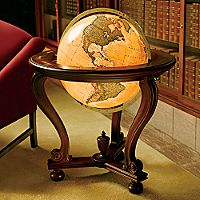



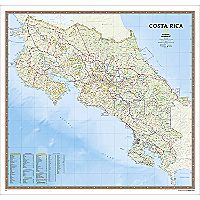
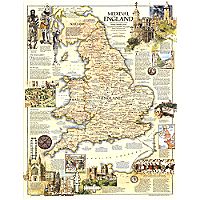
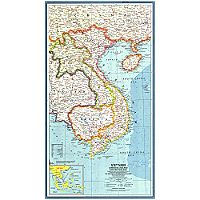
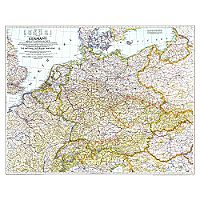
No comments:
Post a Comment